What is Present Use Value?
Present Use Value (PUV) is the value of land in its current use as agricultural land, horticultural land, or forestland, based solely on its ability to produce income and assuming an average level of management. Property enrolled in PUV is taxed on the present-use value instead of market value, and is a tax deferment program.
The present-use value program is a voluntary program that requires compliance with certain eligibility requirements by the owner in exchange for preferential tax treatment. Acceptance into the program also requires that the owner and the property continue to meet the requirements and failure do so will result in removal from the program and the billing of the deferred taxes for the year of disqualification and the three previous years with interest.
To be eligible, a farm unit consisting of one or more tracts must meet the requirements set forth in North Carolina General Statutes § 105-277.
When to Apply
Initial Applications for property not currently in the PUV program must be timely filed during the regular listing period (January 1 – 31 of each year). Initial applications my also be filed with 30 days of a notice of change in value.
Applications for Continued Qualification After Transfer for property currently in PUV and meets the requirements for continued qualification. These applications must be timely filed within 60 days of the date of transfer.
The local board may approve certain untimely applications if good cause is shown for failure to file a timely application. A written request must be submitted with the completed application.
Ownership Requirements
Property must be the owner’s place of residence as of January 1 (or) the property has been owned by the current owner or a relative of the current owner for the four full years preceding January 1 (or) at the time of transfer, it qualified in the hands of a business entity or a beneficiary of the trust (or) if the owner acquires property that was already approved for the present use value program and meets all requirements for the program and continues to use the land for the purpose it was classified while under previous ownership. There are exceptions for continued use and expansion of an existing unit.
Minimum Size Requirements
Agriculture – The initial qualifying tract must have at least 10 acres in actual production (actively engaged in the commercial production or growing of crops, plants, or animals.
Horticulture – The initial qualifying tract must have at least 5 acres in actual production (actively engaged in the commercial production or growing of fruits and vegetables or nursery and floral products).
Forestry – The initial qualifying tract must have at least 20 acres in actual production (actively engaged in the commercial growing of trees).
Income Requirements
Agricultural and horticultural land must have produced an average gross income for the past 3 years of $1,000 per year.
There is no income requirement for forestland.
Sound Management Requirements
Sound management is a program of production designed to obtain the greatest net return from the land consistent with its conservation and long-term improvement. All land that is required to be in commercial production is also required to be under sound management. Forestry has a different sound management requirement than agriculture and horticulture. Forestland must be in compliance with the written sound forest management plan as of January 1 of the year for which the present-use value classification is requested.
Notice of Change in Use
The owner has the responsibility and duty to notify the assessor of any change that could disqualify all or a part of a tract of land receiving present-use value.
Disqualifying Events
Deferred taxes become due and payable when the property loses its eligibility as a result of a disqualifying event. A disqualifying event occurs when the land fails to meet any condition or requirement for classification. Examples of disqualifying events include, but are not limited to: 1. Failure to have an approved application. 2. Transfer to a new owner who fails to file and application or accept the deferred liability. 3. Failure to maintain sufficient acreage in production to meet the minimum size requirement. 4. Failure to meet the minimum average gross income requirement. 5. Failure to provide a sound forestry management plan. 6. Conservation easement is placed on the property which prohibits commercial production of crops. 7. Request by the owner for voluntary removal from the program.
Billing of Deferred (Rollback) Taxes
A disqualification from present-use value will result in the billing of the deferred taxes.
Deferred taxes, plus interest, become due immediately for the current year and three (3) previous years.
Present-Use Value Forms
AV-3 Voluntary Payment of Deferred Taxes Without Requesting Disqualification
AV-5 Application for Agriculture, Horticulture and Forestry Present-Use Value Assessment
AV-6 Request for Voluntary Disqualification from Present-Use Value Classification
AV-7 Request for Estimate of Deferred Taxes


